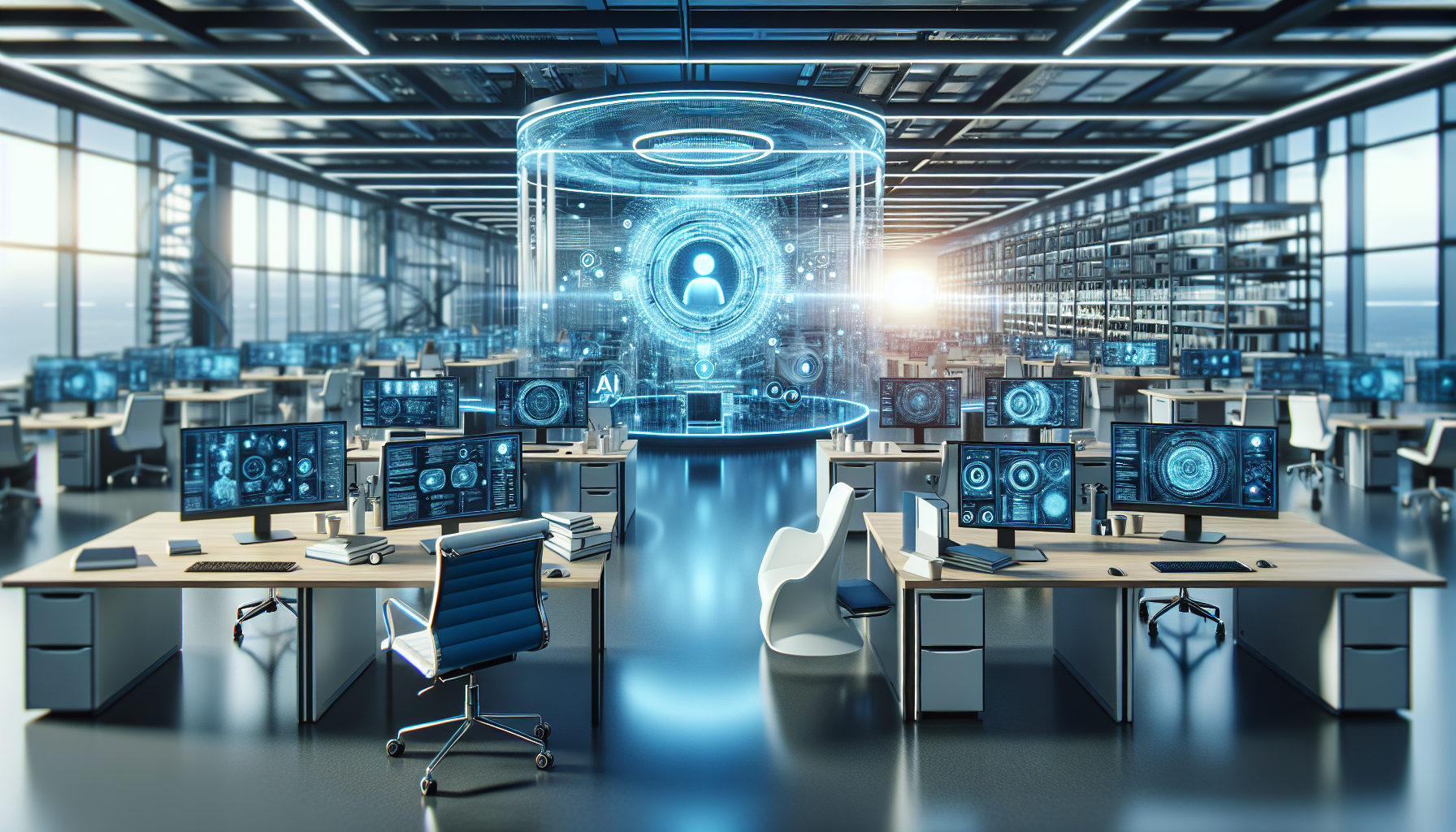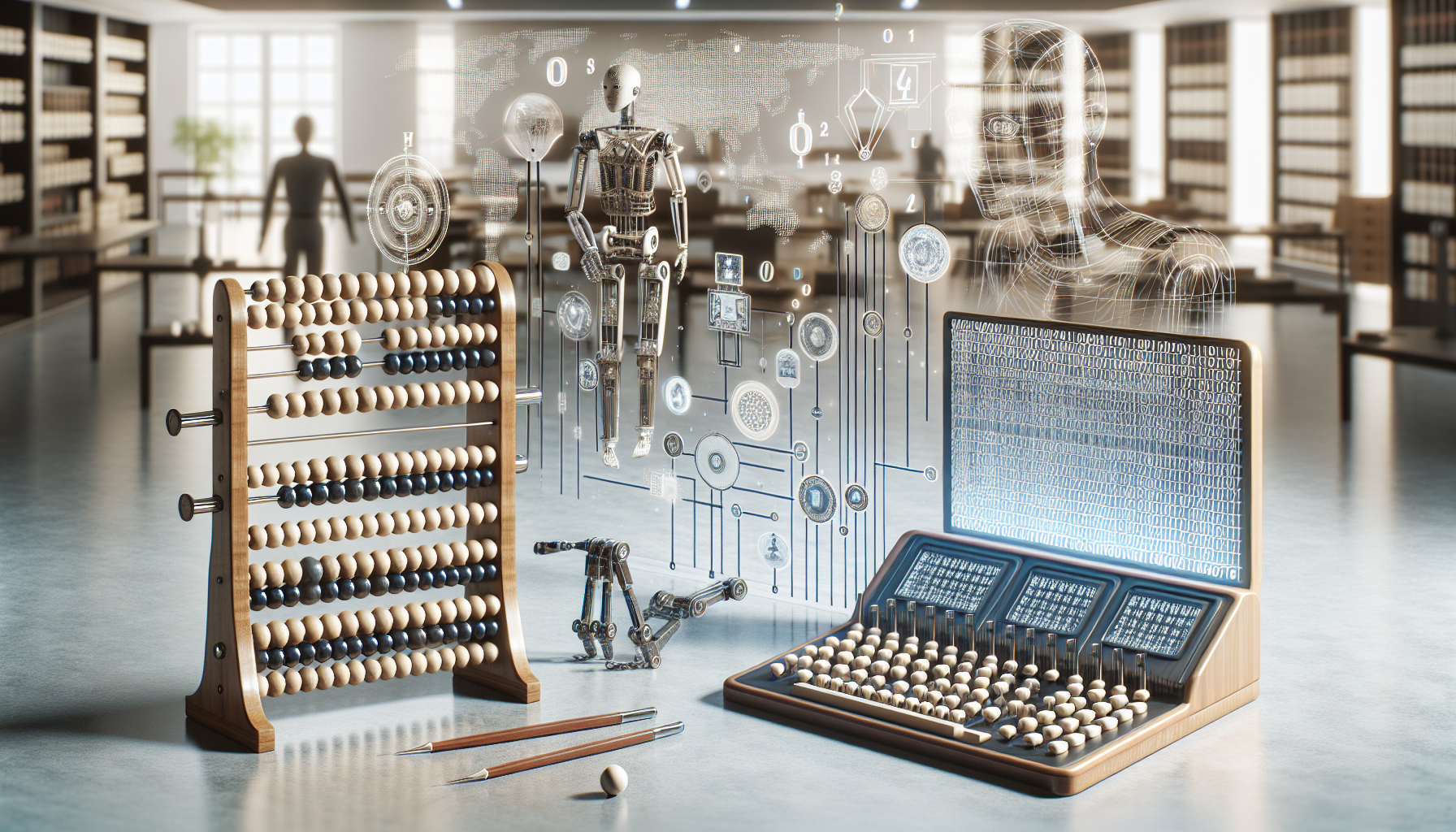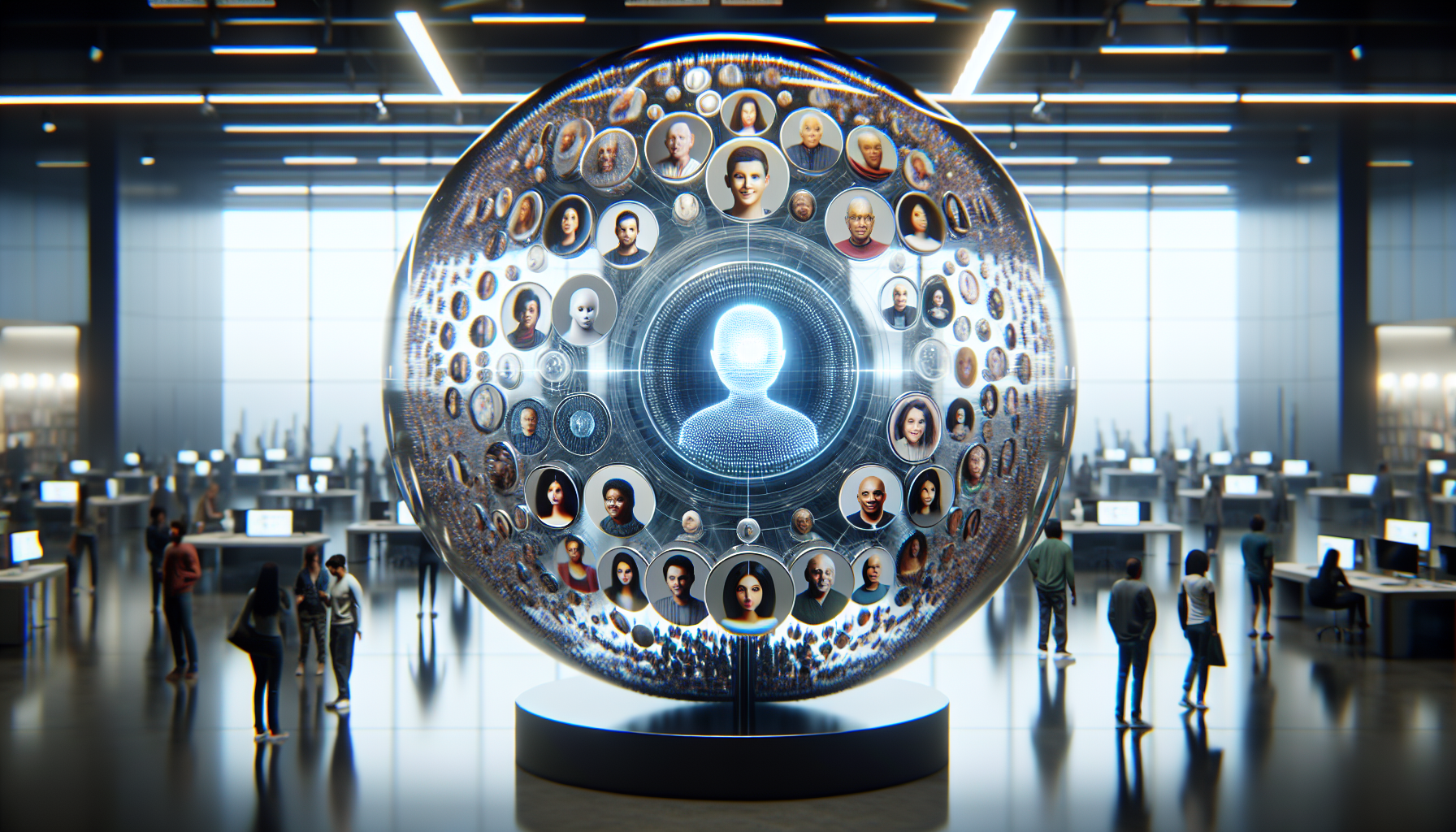
How AI is Reshaping Art: An In-Depth Case Study with a Critical Lens
August 3, 2025
In the realm of art and creativity, artificial intelligence is no longer a futuristic concept but a formidable presence reshaping how we conceive, create, and consume art. One cannot ignore the growing influence of algorithms and machine learning systems in an arena traditionally dominated by human intuition and emotion. But while the fusion of AI and art appears to be a leap forward, it also raises pressing questions about authenticity, originality, and the role of technology in a domain that hinges on human creativity.
Consider the case of "AI Artist," a controversial project that has been making waves in the art community. This initiative employs sophisticated neural networks to produce intricate artworks. Initially hailed as a groundbreaking collaboration between technology and human creativity, it has also faced substantial criticism for its implications on the essence of art itself. Critics argue that the allure of AI-generated art is more about novelty than substance, a fleeting fascination with what machines can do rather than a true artistic revolution.
One of the cornerstones of this debate is the question of authorship. When an AI creates a piece, who is the artist — the algorithm or the programmer? This conundrum challenges the long-standing notion that art is a deeply personal expression of the creator's soul. It becomes even more complex when considering that these algorithms often learn by consuming vast amounts of existing human-created art, raising ethical concerns about intellectual property and the commodification of creativity.
Moreover, AI's role in art is fraught with the risk of homogenization. As algorithms tend to optimize for patterns and trends, there is a danger of art becoming formulaic, losing the serendipity and unpredictability that make it profound. This is evident in the repetitive themes and styles that have emerged from AI art projects, prompting some to question if AI can ever truly innovate or if it merely mirrors and amplifies existing artistic tropes.
The commercial art world has eagerly embraced AI, with auction houses selling AI-generated pieces for impressive sums. While this signals a validation of AI as a new artistic medium, it also highlights a potential commodification where the value of art is measured more by its novelty and marketability than its intrinsic aesthetic or emotional worth. This commercial success underscores a broader cultural shift where technology-driven art is celebrated, often at the expense of challenging the deeper philosophical questions it raises.
For artists themselves, the rise of AI presents a dual-edged sword. On one hand, it offers new tools and possibilities, expanding the boundaries of what can be created. On the other hand, it poses a threat to their livelihood and the value of their work. The fear is that as AI becomes more proficient, it could replace human artists in certain genres, reducing the demand for human creativity and craftsmanship.
Educational institutions are also grappling with how to integrate AI into their curricula. While some advocate for teaching students to harness AI as a tool for creativity, others warn against an over-reliance on technology, fearing it could stifle the development of critical thinking and individual expression that are the hallmarks of great artists. This dilemma reflects a broader societal challenge: how to balance the benefits of technological advancement with the preservation of humanistic values.
Despite these challenges, there are those who see AI as a catalyst for a new artistic renaissance. They argue that AI can push the boundaries of creativity in ways that were previously unimaginable, fostering new forms of collaboration between human and machine. This perspective suggests that rather than viewing AI as a threat, we should see it as an opportunity to redefine what art can be in the modern age.
As AI continues to infiltrate the art world, it is imperative to critically examine its impact and the ethical challenges it presents. Can AI truly understand and replicate the human experience, or is it merely simulating it? And as we navigate this complex intersection of technology and creativity, we must ask ourselves: are we enhancing art, or are we merely reshaping it to fit a new, technologically-driven narrative? The answers to these questions will shape the future of art and creativity in ways that are yet to be fully understood.


